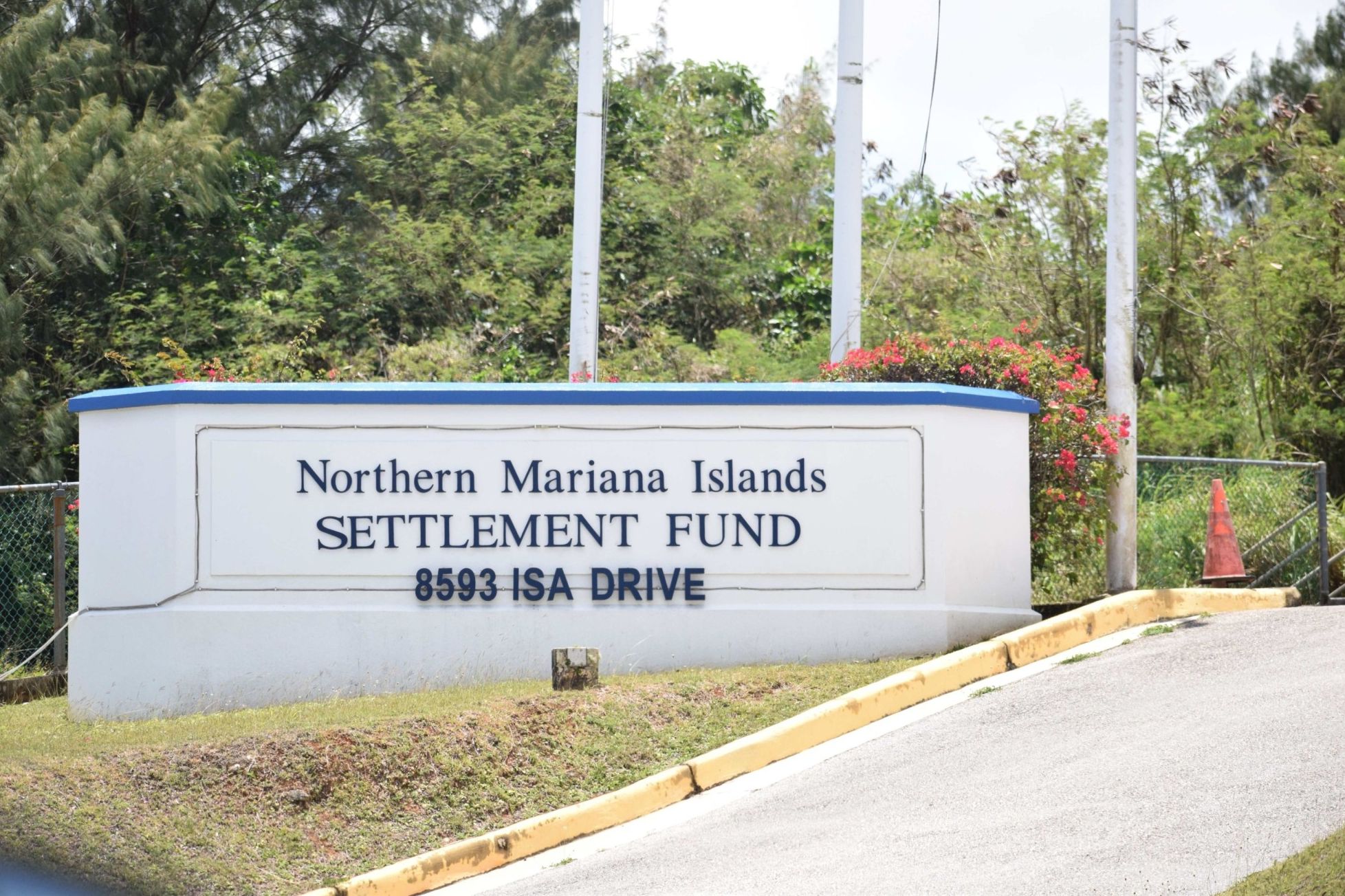HAGÅTÑA (The Guam Daily Post) — Besides paying record-high gas prices, Guam residents have also seen the cost to feed a family increase.
Some food items are now 24% to nearly 49% more expensive than just a year ago.
“It’s harder to feed a family today,” said Fina Sablan, a 66-year-old maintenance worker who said she’s the head of a household of 12 in Agana Heights.
Sablan’s extended household is not alone in feeling the pinch of higher food costs.
Prices of overall food items in Guam went up by 12% in the first quarter of the calendar year compared to a year ago, based on the latest quarterly consumer price index, which measures the average change in prices over time of goods and services that households, both single-person and families, bought.
The Bureau of Statistics and Plans’ latest CPI report, which covers January to March 2022, shows the food index points going from 151.2 in the first quarter of 2021 to 169.4 in the first quarter 2022.
Cooking oil and similar items, collectively called “fats and oils,” jumped the highest — by 48.8%. The cost of beef went up by 31.4% and fish and seafood prices went up by 24%.
This means the cost of anything cooked with or in oil, as well as steaks and seafood, saw a greater increase in prices than did most other items on the menu — and the increase was even more than it was a year ago.
And overall, eating out or “meals away from home” cost 12% more than it did a year ago.
“Prices are not cheap, not just food and gas but also power and water,” Sablan said. “So I ask everyone at home to turn it off when they’re not using appliances or don’t water-blast if not really needed so we can cut costs.”
Eggs are now 14.7% more expensive. Chicken and other poultry now cost 13.1% more.
“For me to make corn soup for a funeral, for example, it now costs more than $100 including the chicken. Before, it was less than $100, when I made it for other occasions,” Sablan said.
Buying bread or bakery products and cereal products now costs 9.8% and 9% more, respectively.
The prices of fresh vegetables and fruits also went up by 8.2% and 5.2%, respectively.
Pork, dairy products, sugar and sweets, juices and non-alcoholic drinks also now cost 6.6% to 7.8% more to buy.
Alcoholic beverages, meanwhile, saw the lowest price increase among food items in a year, by only 1.3%.
Besides inflation, the pandemic and stimulus payments affected supply and demand: Consumers are chasing fewer goods, which also resulted in higher prices.
There are additional factors adding to costs, such as higher costs for farmers, labor and transportation.
Guam-based economist Claret Ruane, a professor at the University of Guam, said earlier that consumers could expect most goods to cost even more during the summer. Finance expert David John had said that while the increased costs of most consumer items won’t come down, the prices of food and gas go up and down.
$1 worth just 47 cents
Guam’s minimum wage is $9.25 an hour, but the value of $1 on island has shrunk to 47 cents compared to its purchasing power in 1996, BSP data showed.
Just a year ago, it was 50 cents and just last quarter, from October to December, it was 48 cents.
Jennifer Canlas, 40, said she’s forking out more money for the same amount of food and other goods, with the higher grocery prices.
The single mother of two said she’s always been thrifty, but at times her thriftiness cannot keep up with the rising prices.
Her two children now have jobs of their own so she gets help from them for housing and utilities expenses, among other things, she said.
“But they still eat out often,” she said, which she believes could be cut down to cope with rising consumer prices.
The changes in prices of food items are not the only ones measured quarterly. There are seven other groups of basic items that are monitored, including housing, which includes electricity and water; and transportation, which includes gas prices.
Guam’s overall consumer price index points showed an increase of 5.8%, BSP data shows.
Transportation, which includes the prices of gas and new vehicles, went up by 19% compared to a year ago.
Regular-grade fuel went from $3.88 to $4.42 a gallon in the first quarter of 2021. But from January to March this year, it went up to between $4.89 and $5.94 a gallon.
It’s now $6.19 a gallon — the highest it’s ever been on Guam.
There have been calls lately from opposition leaders for Gov. Lou Leon Guerrero to increase the $300 in direct aid per household, to help ease the impact of increases in gas prices and other items.
The governor had said that $2.2 billion in federal and local funds have been “pushed out” to help families and businesses recover from the pandemic.
While the overall housing cost went up by only 2.8% from a year ago, the power component went up by 11.3%.
It’s going to go up even more.
Last week, the Guam Power Authority announced plans to increase the fuel surcharge on power bills in three phases starting in July.
Some housing items with lower costs compared to a year ago were appliances, down by 14.4%; furniture and bedding, down by 3.9%; and rent and lodging, down 1.8%.
Recreation costs went up by 13.2%, while overall medical care costs rose by 5.8%.
Overall education and communication costs increased by 2.2%. The cost of computers, in particular, jumped by 21%.
Buying clothing, in general, is less costly than a year ago, and the overall costs of all other goods and services went down by 2.9%. Personal care products are now cheaper than a year ago.

Some grocery items are seen at Oka Pay-Less Supermarkets in Tamuning, Guam on Monday.











